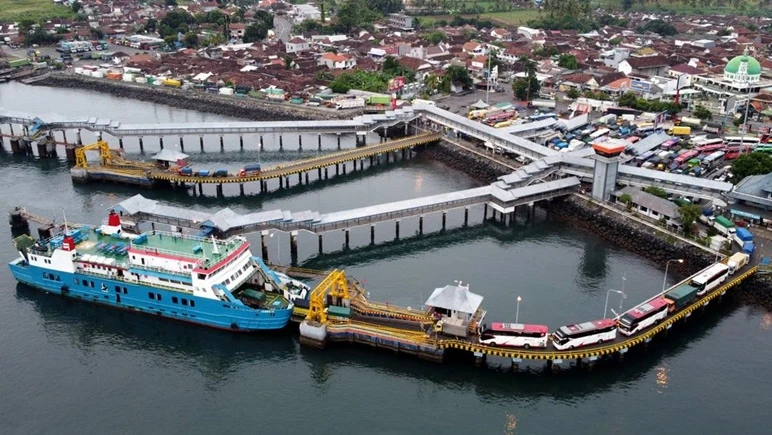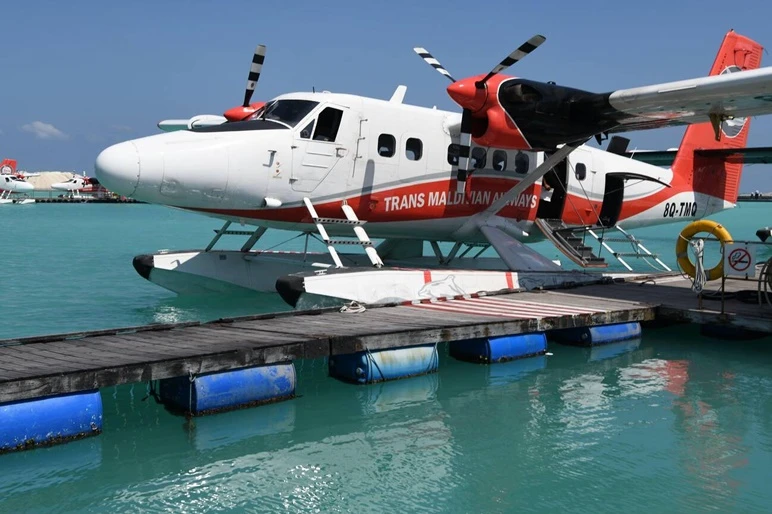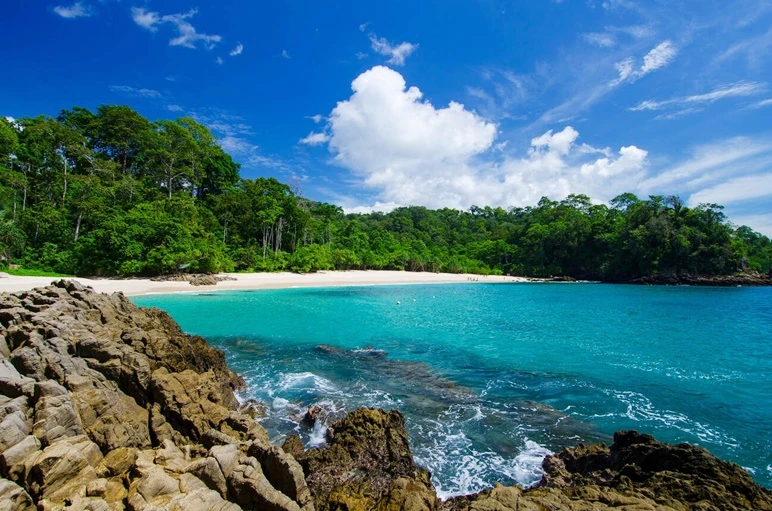Travel between Bali and East Java is about to take a leap forward. A new seaplane service is preparing to launch a route connecting Benoa Harbour in Bali with Pang Pang Bay in Banyuwangi, East Java. This initiative aims to make inter-island travel faster, easier, and far more visually stunning for tourists eager to see more of Indonesia beyond the usual resort hubs.
This initiative aims to make inter-island travel faster, easier, and far more visually stunning for tourists eager to see more of Indonesia

Currently, travelers heading to East Java from Bali face long, multi-step journeys involving car transfers, ferries, and hours on the road. The upcoming seaplane service promises to turn what used to be an arduous trip into a quick 25-minute flight over turquoise waters, coastal villages, and lush green landscapes. For visitors seeking both adventure and convenience, it could be a game changer.
From Cargo to Tourism: A Strategic Expansion
The operator behind this new route has built its reputation on reliable air cargo services to remote regions across Indonesia. With years of experience flying through the archipelago’s diverse and challenging terrains, the move into passenger travel marks a bold expansion. Launching a commercial seaplane service that links Bali and East Java reflects Indonesia’s growing focus on integrating tourism with smarter, faster transport solutions.

The route will be operated by a Twin Otter seaplane capable of carrying up to 18 passengers. Departing from Benoa Harbour, already a bustling hub for cruise ships and luxury yachts, the aircraft will land directly on Pang Pang Bay, giving travelers a direct gateway to East Java’s natural treasures such as the blue fire of Mount Ijen and the pristine beaches of Banyuwangi.
A Gateway to Emerging Destinations
This development is more than just a new flight route. It represents a strategic step in Indonesia’s tourism blueprint. Bali has long been the country’s tourism anchor, but the government has been working to spread visitor numbers to surrounding regions, easing the pressure on Bali’s infrastructure while boosting the economies of lesser-visited destinations.

With the seaplane service, East Java’s growing reputation as a sustainable adventure destination gains stronger access. Banyuwangi, often described as the sunrise of Java, offers everything from volcanic hikes and coffee plantations to eco-lodges and cultural festivals. A short seaplane hop from Bali could transform it from a side trip into a must-see extension of any Bali itinerary.
Tourism Meets Innovation
The new seaplane route is a clear example of how innovation can enhance the travel experience. Beyond convenience, it taps into the romance of aviation, soaring low over the ocean, landing on open water, and arriving at untouched coastal landscapes. It turns the journey itself into part of the adventure.

The plan also includes optional tour packages that could make day trips between Bali and Banyuwangi feasible. Travelers might depart in the morning, explore East Java’s landmarks, and be back in Bali by sunset. For time-conscious visitors, this creates new possibilities for cross-island experiences that were once logistically impractical.
The Future of Island Connectivity
As Indonesia continues positioning itself as a world-class tourism destination, initiatives like this seaplane route could reshape how people move across its vast archipelago. If successful, it may inspire similar connections between other islands, bringing remote attractions within easy reach. For now, anticipation is high. A faster, more scenic, and more connected Indonesia is on the horizon, one flight at a time.




 Billy Bagus
Billy Bagus
 Nov 07, 2025
Nov 07, 2025





